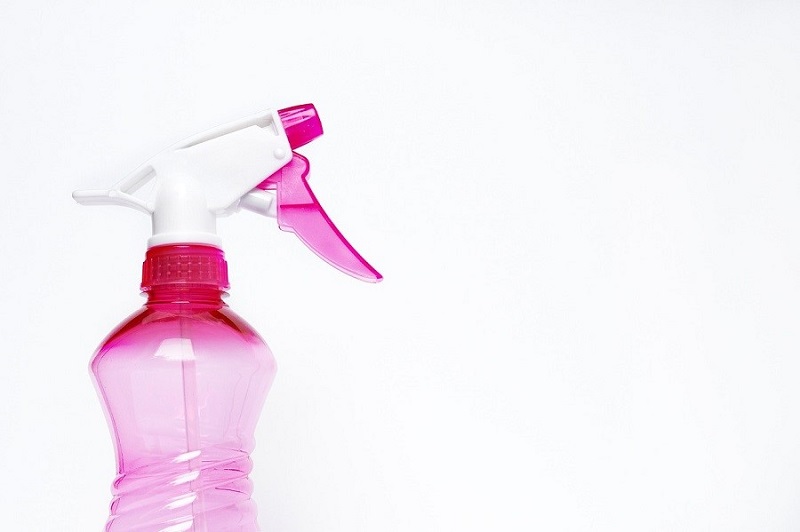
Living in a smelly and dingy home is bad for your mental and physical health, but also for the way other people perceive you – you’re not going to have lots of visitors if your living space is unventilated and full of bad smells. Unfortunately, the air quality in a typical home is not on the highest level in most modern housing and that’s something we need to deal with as soon as possible. So, we need to know exactly how bad the air quality in a typical home really is, what causes indoor pollution and what we can do to improve it, so here are a few ideas that might help you do exactly that, starting today.
The air quality today

No matter how big your home is, the first thing you need to know about the indoor air quality is that keeping it clean and fresh isn’t easy. Therefore, you have to keep your windows open as much as you can, as well as eliminate all potential pollutants that could contaminate your air and harm your health.
According to a 2008 study, for instance, a great number of people were under the influence of chemical and biological contaminants that used to “influence the risk of developing nonspecific respiratory and neurologic symptoms, allergies, asthma and lung cancer”, and chances are these agents only got more serious in the past decade, so we all need to identify these harmful pollutants and pay close attention to them.
Air fresheners and scented candles
Even though these things make our indoor space smell much nicer, they’re among the most dangerous air pollutants that most people are dangerously unaware of. Scented candles, for example, release lots of gases and sediments that can hurt your respiratory system and, what’s even worse, seriously endanger the overall health condition of young children and make your indoor air more contaminated than it ever was.

Air fresheners, on the other hand, usually aren’t completely natural and are therefore toxic by default. They’re full of ethers that can harm your neurological system and the quality of your blood, while also causing tremors, fatigue and severe headaches. That’s why these products, although they seem nice in theory, are things you definitely need to ban from your home immediately.
Mould
Most people know that mould is a sort of a fungus that can grow anywhere from fruit to indoor walls, but they’re not aware of how damaging it can be. Numerous studies have shown that mould significantly lowers indoor air quality and that it can be dangerous to your heart, lungs and kidneys, causing asthma, rhinitis and other diseases.
That’s why you need to find people who can inspect every inch of your home for mould and suggest an effective mould removal treatment because that’s the only way to get this dangerous pollutant out of your home once and for all. After that, all you need to do is make sure mould doesn’t reappear and you can be sure your indoor air quality is going to be higher than ever.
Cleaning products
Most of us use store-bought cleaning supplies that might guarantee great results and suggest that using them is better than living in a dirty home, but they also pollute your indoor air and endanger your health at the same time. These often contain things like alcohol, ammonia or chlorine, and those are the chemicals that lower the air quality in your home and cause respiratory problems, particularly with kids.

If you wish to avoid their negative influence, simply stop using generic cleaning products and switch to more natural home-made alternatives. You can make everything you need on your own using simple household items like vinegar, salt, baking soda, borax and water, and these products will surely be more natural and less harmful to your indoor air than anything you can buy in a store.
Making sure your indoor air quality is at the highest level might not seem particularly easy or simple at first, but it’s actually not that hard – all you need to do is keep your windows open, clean your home with natural products and remove your mould as soon as it appears, and you’ll be quite all right!
About Author:
Will Sandford is a Sydney based wood architect, blogger and contributor on interior design and ecology blogs. Besides that, he is also interested in home improvement combined with green technology. In his spare time, Will enjoys surfing and rock climbing.





